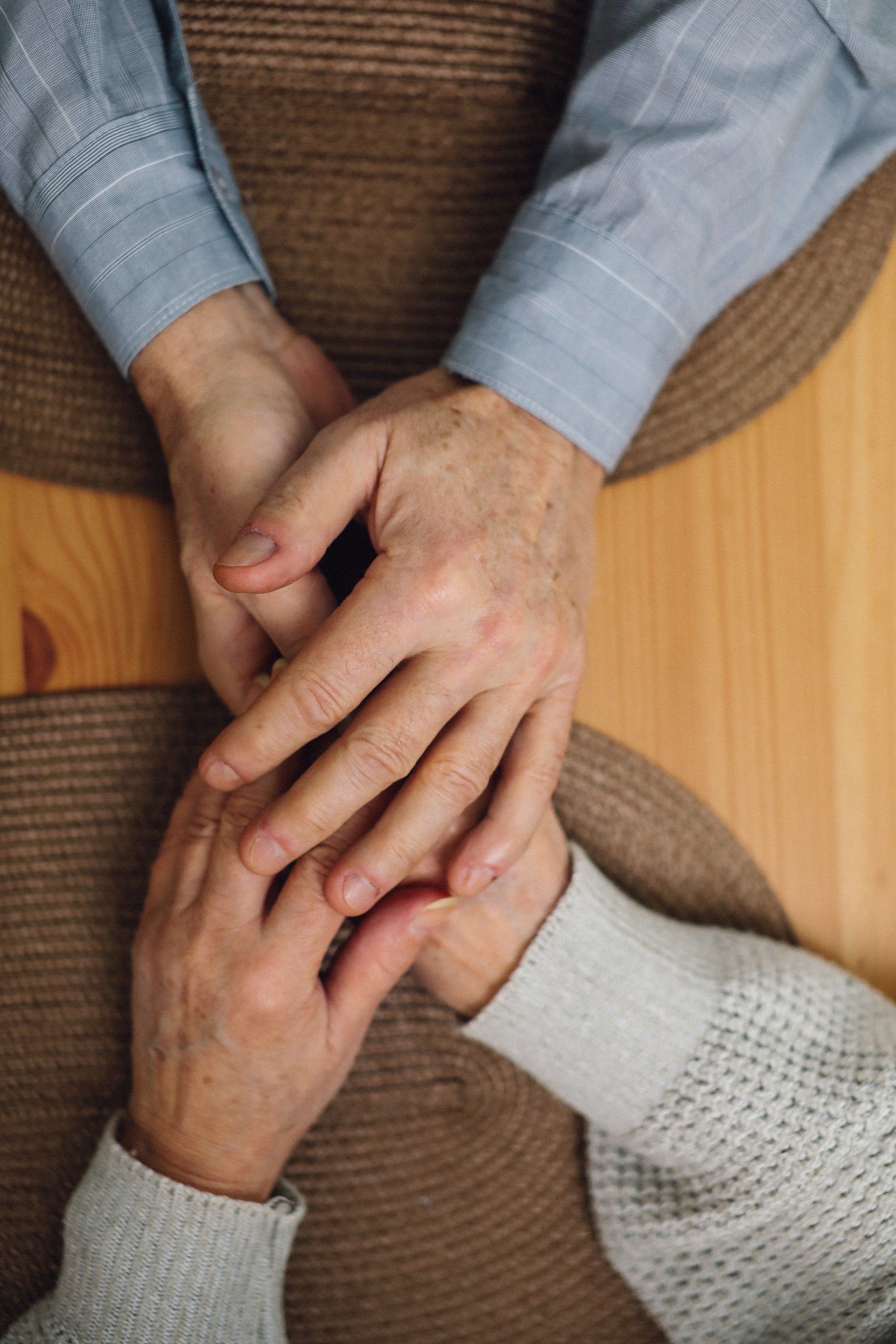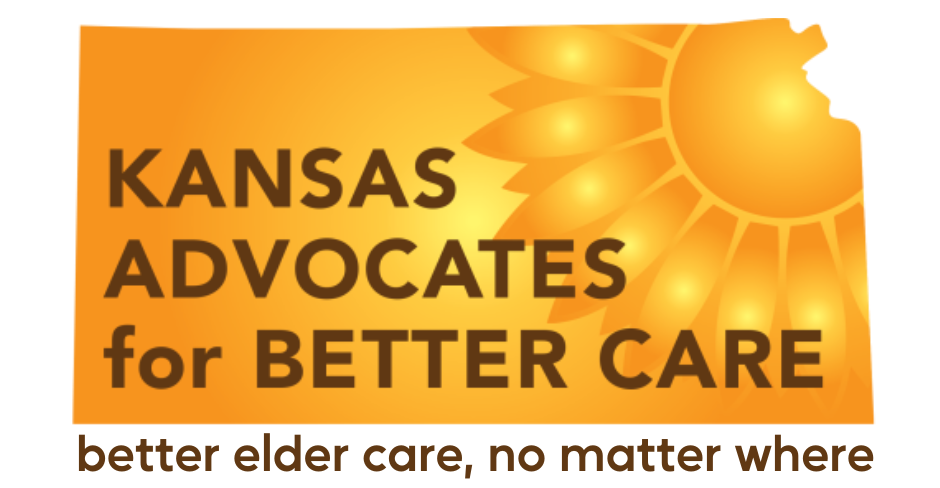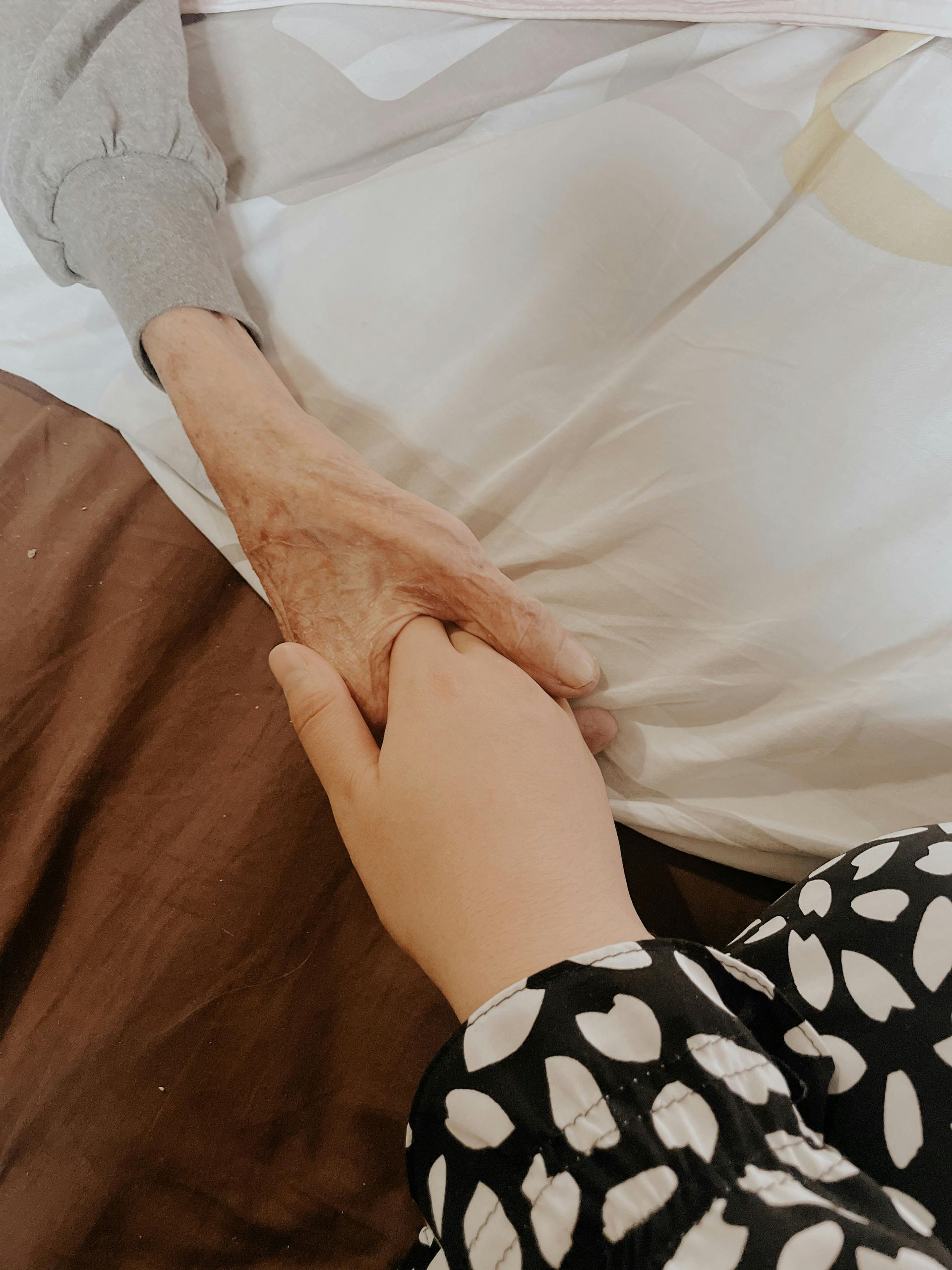By Libby Hastings
•
November 25, 2025
A recent KAKE News report highlights how Kansas’s severe shortage of state nursing home inspectors is putting residents at serious risk. Families say long delays in inspections allow neglect to continue unchecked, sometimes with devastating consequences. One of the most troubling stories comes from Jennifer Hernandez, whose aunt lived at Santa Marta in Olathe. Santa Marta advertises itself as "Luxury Senior Living in Johnson County, KS". A camera Hernandez installed in her aunt’s room recorded her aunt lying on the floor after falling out of bed. Nearly an hour passed before anyone checked on her. In the video, you can see her aunt struggling to get up on her own. Hernandez placed the camera because she was already worried about her aunt’s care. Sadly, the fall wasn’t the only issue. Her aunt was also found in dirty clothes, had unexplained bruising, and developed an eye infection. Hernandez repeatedly begged the facility to follow her aunt’s care plan, but she was ignored or dismissed. The family turned to the Long-Term Care Ombudsman’s Office, which can request an investigation by the Kansas Department for Aging and Disability Services (KDADS) state surveyors at the resident's request. These investigations can lead to fines, penalties, or corrective action. In Kansas, complaint investigations can take more than a year to start. This is especially alarming because surveyors are one of the only independent sources of information the public has about nursing home quality. Their reports are often the only transparent, verifiable records families can rely on when choosing a facility. Surveyors are also one of the few entities with the authority to hold nursing homes accountable when care breaks down. And Kansas is falling far behind. The state has 303 federally certified nursing facilities, which must be inspected at least every 15.9 months, with a national average of 12 months. Kansas is currently averaging 19.9 months between these mandatory inspections. In Hernandez’s case, an ombudsman even emailed KDADS, warning that staff had tampered with the camera and that the resident was at severe risk. A state inspector never came. Her aunt later fell again, broke her pelvis, and died days later in severe pain. While the state’s inspection delays are a major part of the problem, the facilities themselves also bear responsibility. Too often, homes put profits over people, cutting corners on staffing, training, and basic care. But it becomes even harder to push for stronger regulations when facilities aren’t being held accountable for meeting the baseline requirements already in place. When the “ceiling” of what a facility does is the bare minimum required by federal and state governments, residents are the ones who suffer. Kansas’s inspection workforce is stretched far too thin to enforce even the most basic standards. In July, KDADS had 51 surveyor positions — 28 of them empty. The agency later reduced the total positions to 36 and raised salaries, but still has 13 vacancies. That leaves just 23 surveyors responsible for inspecting and investigating more than 300 nursing homes statewide. Families, advocates, and ombudsmen agree: until Kansas fully staffs and supports its survey team, neglect will go unnoticed, problems will go uncorrected, and residents will remain in danger.






